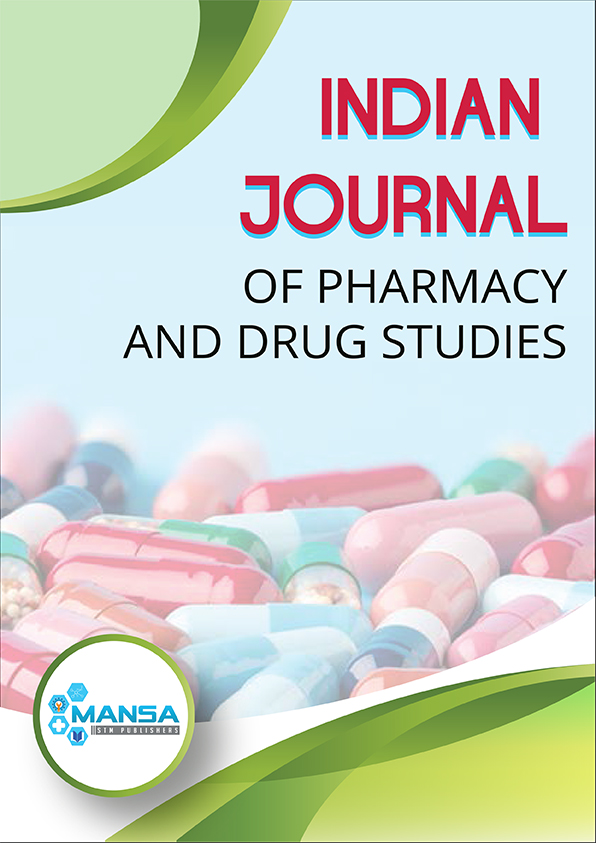A Brief Review on Pharmacological Potential of Brassica oleracea sprouts
Keywords:
Botanical description, Biological abilities, Controlled atmosphere storage, Chemical constituents, Phytochemical, Relative humidityAbstract
Broccoli (Brassica oleracea) is an important vegetable crop of the family are essential to maintain quality. Glucosinolate levels mirror visual quality in broccoli as they generally decrease during post-harvest handling, with low temperatures (<4 °C) slowing the loss of both quality and glucosinolates. Glucosinolates content in broccoli florets declined by 82% after 5 days at 20 °C, but by only 31% at 4 °C. A high relative humidity (RH) of 98–100% is recommended to maintain post-harvest quality in broccoli. Controlled atmosphere (CA) storage is very effective in maintaining broccoli quality and can double post-harvest life. Ideal atmospheres to maintain quality were 1–2% O2; 5–10% CO2 when temperatures were kept between 0 and 5 °C. Care needs to be taken that O2 does not drop below 1% as this can cause the development of off-order. Broccoli is a vegetable with a high nutrient content in Brassica oleracea. It possesses a wide range of nutrients, including vitamins A and K, antioxidants, β-carotene, calcium, riboflavin, and iron, as well as phytochemicals such as phenols, flavonoids, glucosinolates, minerals, and selenium. The biological abilities of these defense-related secondary metabolites, such as their anti-diabetic, anti-carcinogenic, anti-inflammatory, and antioxidant activities, have been favorably connected. The anti-cancer and antioxidant properties of broccoli sprouts have drawn the most interest and have been the subject of substantial research in recent years.
Downloads
Downloads
Published
Issue
Section
License
Copyright (c) 2023 Sonia gaonkar Sonia

This work is licensed under a Creative Commons Attribution-NonCommercial-NoDerivatives 4.0 International License.




